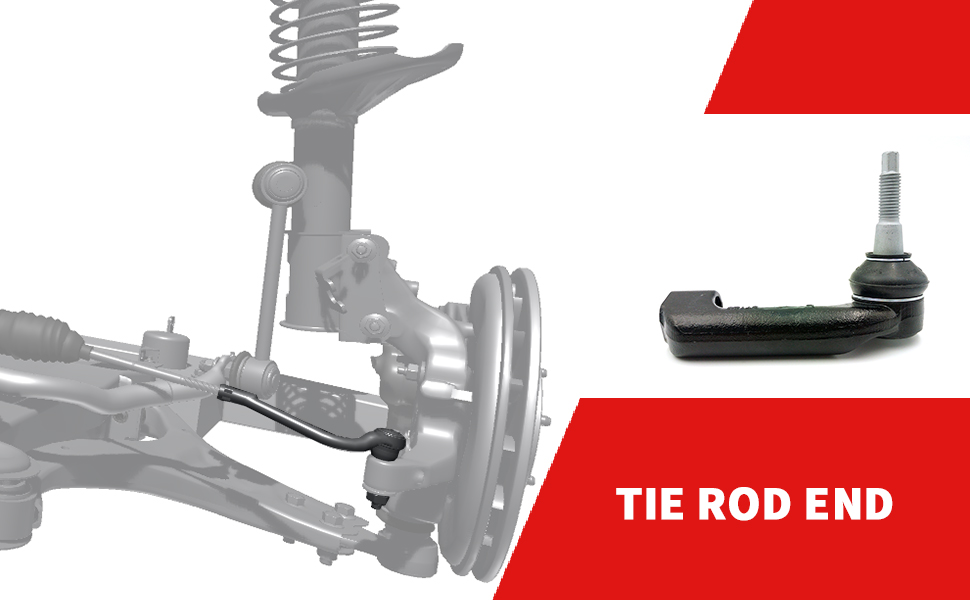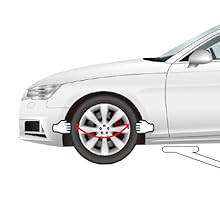Description


Note to our customers: CTR Packaging Renewal
We have recently undergone a packaging design renewal, and both versions (previous and current) of the packaging are currently in use. We would like to inform that you may receive the product in the previous packaging design, which is different from the above image (current design).
Please kindly note that it’s not a wrong product or delivery error, but just a previous version of the packaging design. We’d like to apologize for any confusion that may arise from this difference, should you receive the previous version of the packaging. Your satisfaction is our top priority, thank you for your interest in our brand!
Why CTR?
|
|
|
|
|
|---|---|---|---|
High-Strength Ball StudHigh strength ball stud forged and heat treated to a level equivalent to OE parts is used to ensure longer life. |
Polymer Ball SeatHigh quality polymer ball seat causes less noise and friction damage against the ball stud to enable smooth operation. |
No Grease LeakEasy maintenance by the use of optimum lubricity grease and completely-sealed socket which requires no grease refills. |
Easy MaintenanceHighly durable rubber boot with optimal OE design keeps the socket tightly sealed to protect from dirt and foreign substances. |

What are outer tie rod ends?
The outer tie rod end connects the inner tie rod end and the steering knuckle. The steering power input from the steering wheel is transmitted to the wheels through the tie rod ends so that the driver may steer the vehicle in the desired direction. Inner and outer tie rod ends have a ball joint structure on both sides, enabling flexible response and transmittance of steering power to the wheel even when the body is inclined. The tie rod set (inner & outer tie rod ends) is open to wear in normal driving condition and may be damaged depending on road condition, so it is important to check your tie rod ends on a regular basis to prevent negative driving experience.
Common symptoms to replace your tie rod end
|
|
|
|
|
|---|---|---|---|
Pulling to one sideIf your vehicle is pulling to left or right side and difficult to control, it could be due to a failing tie rod end. |
Uneven tire wearUneven or excessive tire wear could mean a signal to replace your tie rod end. |
Shaking steering wheelA loose or worn tie rod end can cause vibration in the steering wheel. |
Loose or shaky wheelsLoose wheels could be a signal of loose suspension component. If you experience vibration on your wheels, it could be a signal to inspect your tie rod end. |




















Reviews
There are no reviews yet.